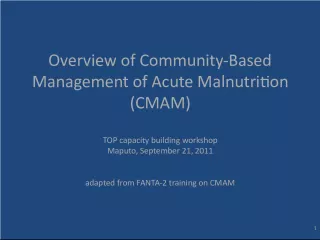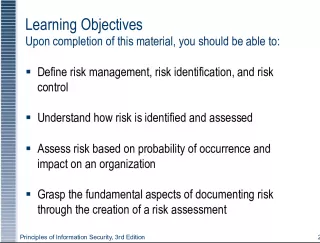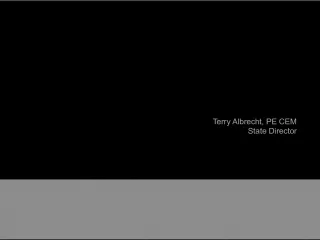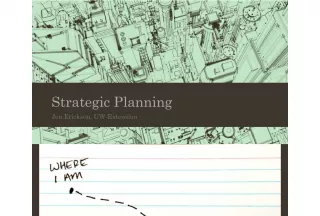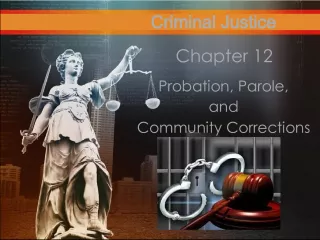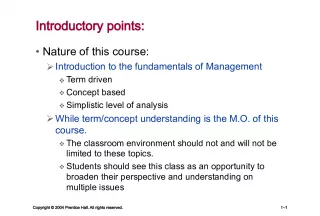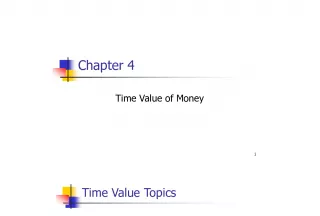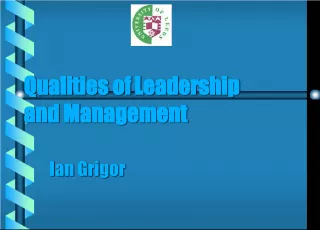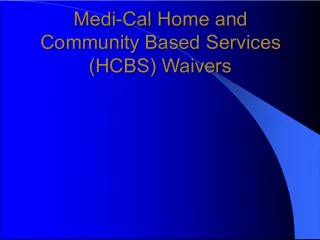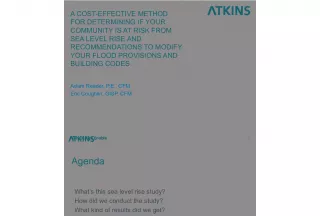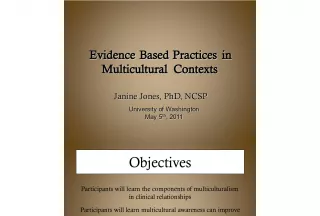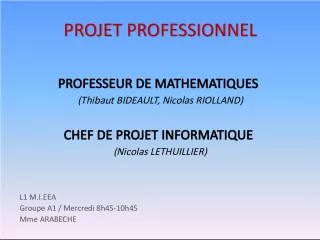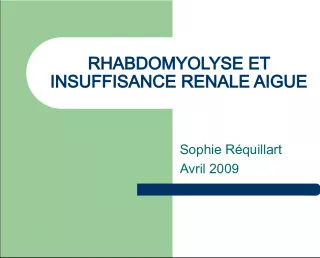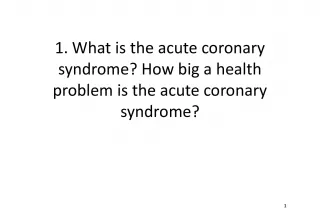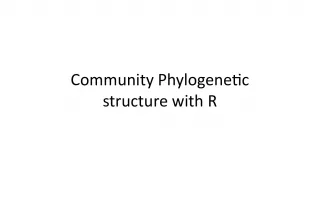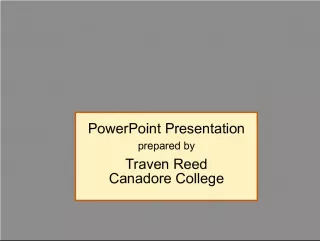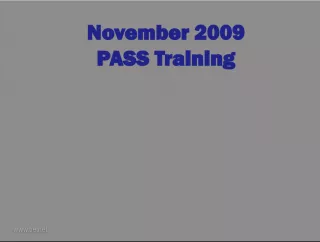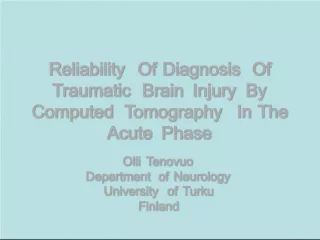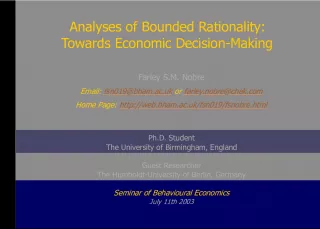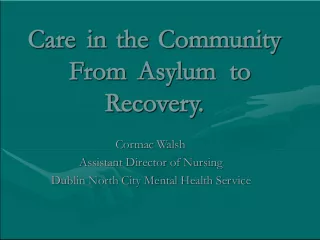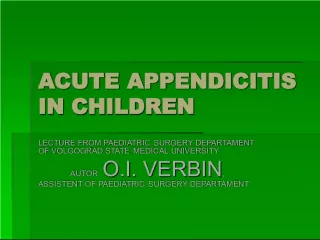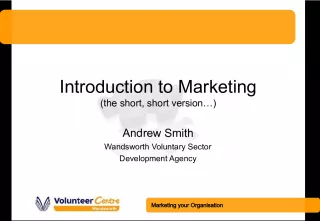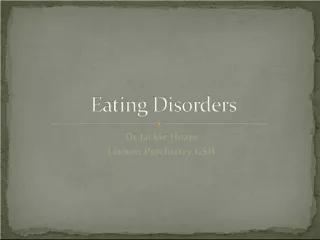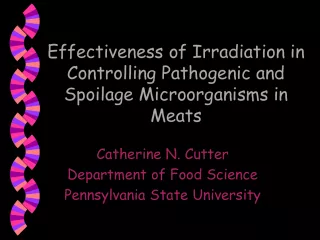Community-Based Management of Severe Acute Malnutrition: Cost-Effectiveness Analysis
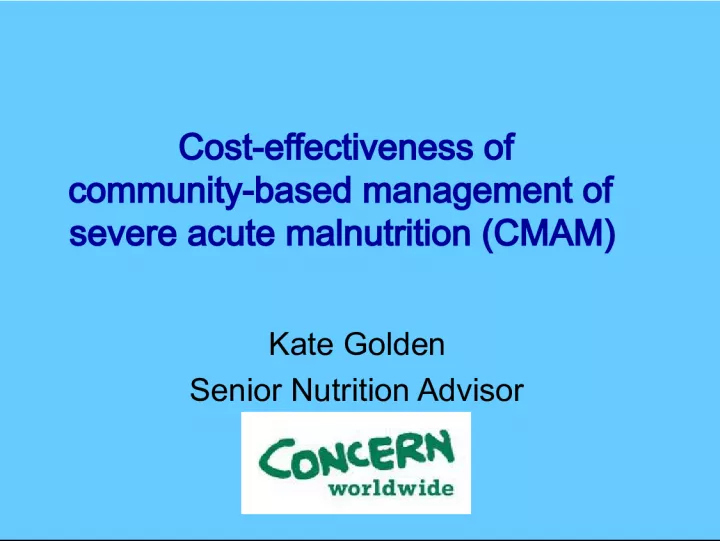

This article discusses the cost-effectiveness of community-based management of severe acute malnutrition (CMAM) and its potential benefits for affected communities. The author, Kate Golden, offers insights as a senior nutrition advisor on the importance of CMAM programs.
- Uploaded on | 0 Views
-
 rosina
rosina
About Community-Based Management of Severe Acute Malnutrition: Cost-Effectiveness Analysis
PowerPoint presentation about 'Community-Based Management of Severe Acute Malnutrition: Cost-Effectiveness Analysis'. This presentation describes the topic on This article discusses the cost-effectiveness of community-based management of severe acute malnutrition (CMAM) and its potential benefits for affected communities. The author, Kate Golden, offers insights as a senior nutrition advisor on the importance of CMAM programs.. The key topics included in this slideshow are community-based management, severe acute malnutrition, cost-effectiveness, CMAM, nutrition advisor,. Download this presentation absolutely free.
Presentation Transcript
1. Cost-effectiveness of community-based management of severe acute malnutrition (CMAM) Kate Golden Senior Nutrition Advisor
2. What is Community based Management of Acute Malnutrition (CMAM)? Also and previously known as Community-based Therapeutic Care (CTC)
3. What is CMAM? Decentralised treatment of severe acute malnutrition First piloted in 2002 by Concern and Valid International An alternative to the traditional model that only treated children on in-patient basis Endorsed as best practice for treatment of severe acute malnutrition by UN in 2007
4. Source: CDC and Concern DRC Severe wasting (complications) Severe acute malnutrition Nutritional oedema (complications) Severe wasting (no complications)
5. 3 key developments have made CMAM possible 1. Ready-to-Use-Therapeutic Foods (e.g. Plumpy nut) 2. Mid Upper Arm Circumference for easy screening/ admission at community level 3. Community mobilisation and outreach
6. Ready-to-Use-Therapeutic Foods Can eat at home Can only be prepared/ eaten in a centre RUTF Traditional therapeutic milks
7. Mid-Upper Arm Circumference (MUAC)
8. Community volunteers ready to MUAC children Community Mobilisation/ Outreach
9. El Fasher Um Keddada Mellit Kutum Taweisha El Laeit Malha Tawila & Dar el Saalam Tina Karnoi & Um Barow Koma Korma Serif Kebkabiya Fata Barno Tin a CMAM = increased coverage El Sayah El Sayah Hospital/ traditional inpatient centre 100 kms Outpatient centre
10. CMAM also means: Earlier detection and treatment Better adherence to treatment =better treatment outcomes
11. CMAM: effectivebut is it cost-effective?
12. Disability-Adjusted Life Year (DALY) Expressed as # of life years lost due to: early death ill-health disability Combines mortality and morbidity into a single, common metric That metric allows interventions to be costed and compared Is DALY something to be averted or gained? Debate continues
13. Intervention Cost per DALY (US$) Promotion of breastfeeding 3-11 Zinc management of diarrhoea 73 Vitamin A supplementation 6-12 Iron fortification 66-70 Hygiene promotion 3 Traditional Expanded Programme on Immunisation (EPI) 7 Case management of lower respiratory infections 398 HIV peer education programmes for high risk groups 37 Anti-retroviral therapy for HIV/AIDS (sub-Saharan Africa) 922 Insecticide-treated bed nets (sub-Saharan Africa) 11 Treatment of severe acute malnutrition (Zambia/ Malawi) 41/ 42 Cost per DALY averted various interventions
14. Results CMAM was highly cost effective under the base case CMAM still cost effective in worst case CMAM cost 42 US$ (2007) per DALY averted as implemented in Dowa District in Malawi January December 2007 Results are likely generalisable to similar contexts (similar to results from Zambia) Future research : A more complex model using larger data sets could better identify key drivers of cost effectiveness e.g. coverage
15. Methods: Decision Tree CMAM implemented scenario 1 Malawi 2007 CMAM not implemented scenario 2 hypothetical Covered by CMAM Cured Died Defaulted/ non recovered Referred to inpatient Not covered by CMAM Non CMAM care No treatment Lived Lived Lived Lived Lived Died Died Died Died Died Lived Died Lived Died Non CMAM care No treatment CMAM cost effectiveness
16. Methods: what we knew Outcomes of cases treated in CMAM programme in Dowa district Coverage of the CMAM programme Costs of the main project inputs from Concern & government
17. Malawi Programme Outcomes Outcomes of children exiting the OTP Number % Cured 2538 91.3% Died 28 1.0% Default (91) or non-recovered (38) 129 4.6% Exits referred to inpatient 85 3.1% Total OTP Exits 2780 CMAM coverage in Dowa district March 2008: 41%
18. CMAM Costs Total cost % of total cost Source Capital costs (annual equivalent): Cars and motorbikes (Concern) 11,590 2% Concern finance system Computers (Concern) 2,543 1% Concern finance system Sub-total capital costs: 14,133 3% Recurrent costs: Food - RUTF (Concern) 148,519 32% Concern finance system Admin - Concern 97,532 21% Concern finance system Direct staff - international (Concern) 56,833 12% Concern finance system Transport - fuel, maintenance (Concern) 37,004 8% Concern finance system Direct staff - national (Concern) 34,122 7% Concern finance system Other miscellaneous costs (Concern) 24,946 5% Concern finance system Local clinic staff & supervisors (Government) 24,600 5% Estimated allocation from DHO budget Admin - government 14,214 3% Estimated allocation from DHO budget Training costs, including venue and per diems (Concern) 8,800 2% Concern finance system Medical supplies (largely government) 5,773 1% Concern finance system + estimated allocation from DHO budget Inpatient costs for OTP referrals (government) 4,227 1% Unit cost per child multiplied by total OTP to ITP referrals Sub-total recurrent costs: 456,571 97% Total costs 470,703 100%
19. Methods: what we didnt know Mortality rate of children with SAM who were not treated a killer assumption Mortality rate of children with SAM who received non-CMAM treatment
20. Other assumptions Parameter Base case Worst case Best case Source of base case (and range) General Annual background mortality rate for under-fives in 2.4% None used None used Based on Bachmann 2009: under-five deaths per 1000 live births in , 2007 (UNICEF 2008) divided by 5 to represent one year of these live births Discount factor 3.0% 5.0% 0.0% Standard factor Years of life lost (YLL) * 32.7 22.1 67.2 Base: Fox-Rushby & Hanson, 2001 Worst + best: using discount factors above
21. Per child treatment costs used in the model (2007 $) Base case Worst case Best case Average cost per child treated in CMAM 169.3 211.6 140.3 Base: Total CMAM costs divided by total CMAM exits Worst case: +25% of base case Best case: -25% on all non-RUTF costs with RUTF cost same as base case Average cost per child treated in non-CMAM care 16.7 12.5 20.9 Assumes 1 in 4 SAM cases receive ITP, while 3 in 4 receive set of 3 clinic visits Base case : Average cost of 1 ITP stay + 3 sets of 3 clinic visits with drugs. Worst case : -25% of base case Best case: +25% of base case
22. Benchmarks - WHO Highly cost effective intervention if an intervention averts a DALY for less than the per capita GNI (or GDP) Cost effective if avert a DALY for less than 3 times the GNI
23. Sensitivity analysis
24. Thanks
